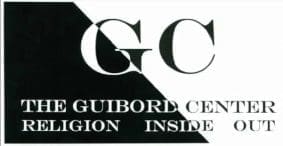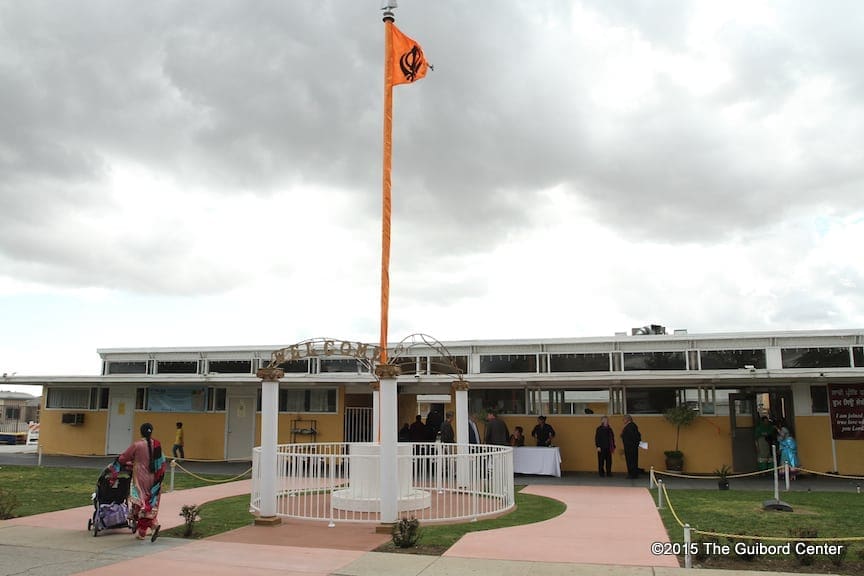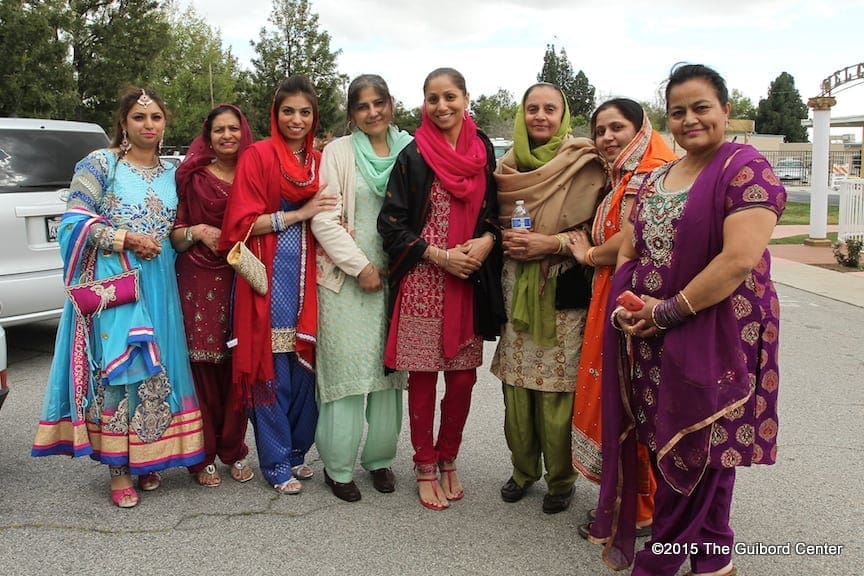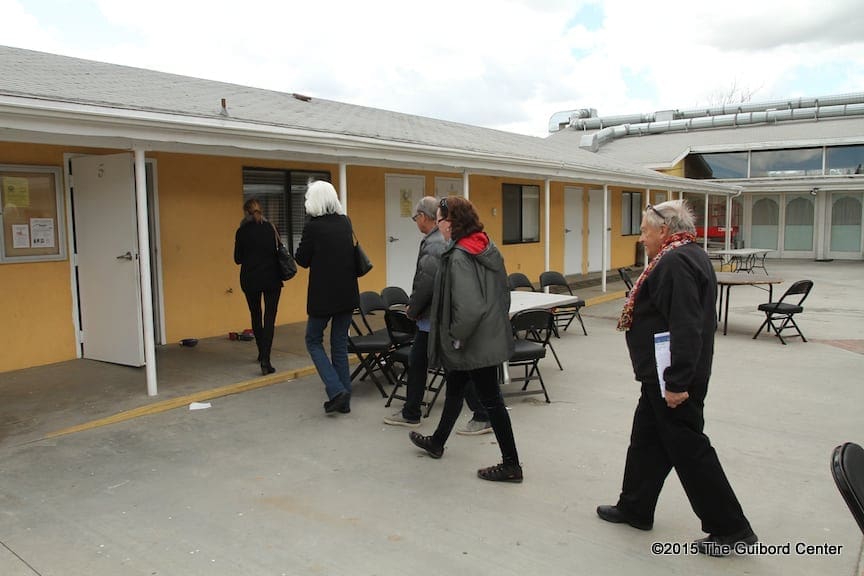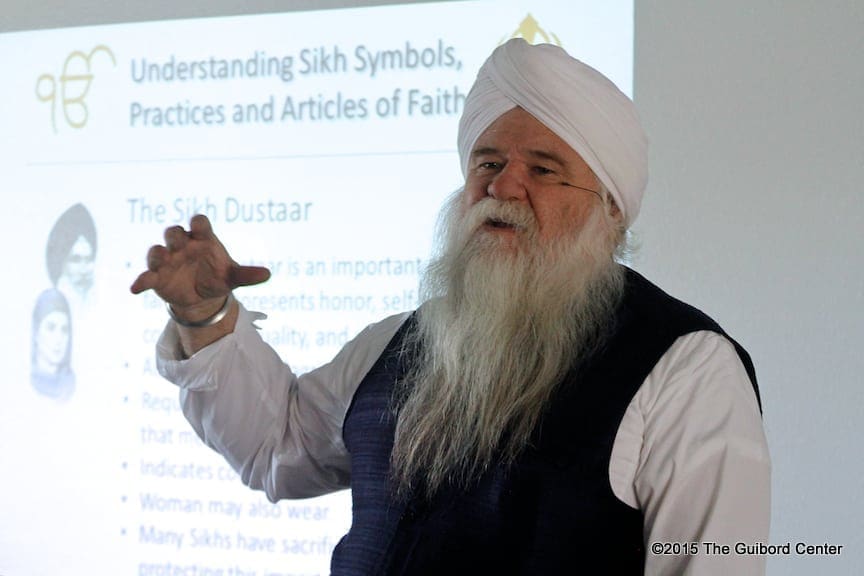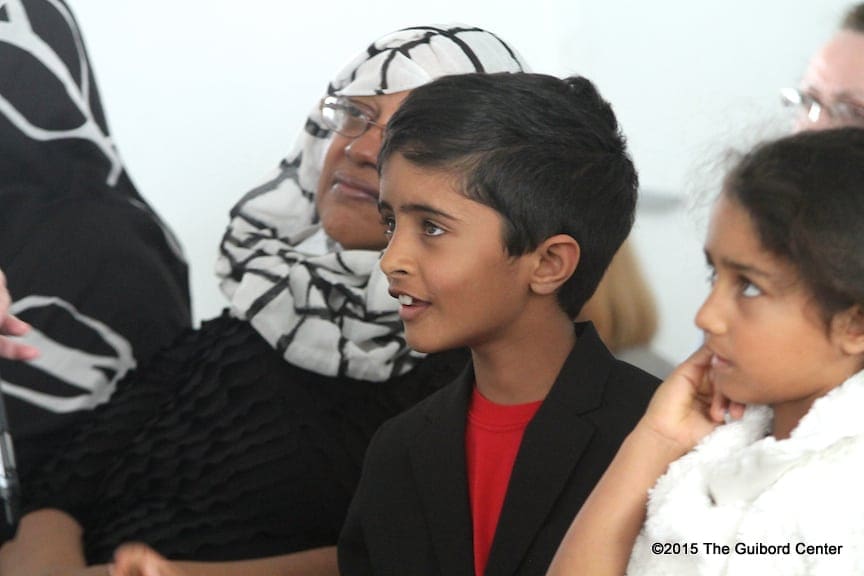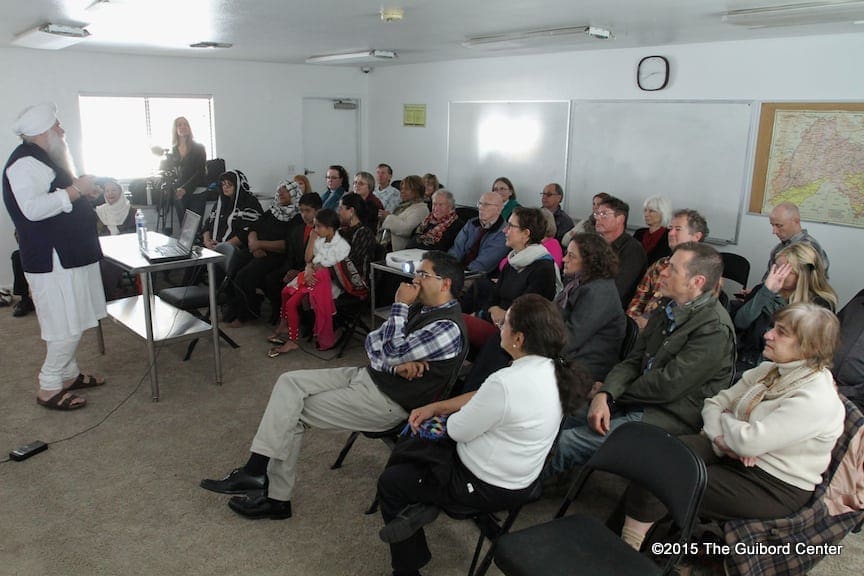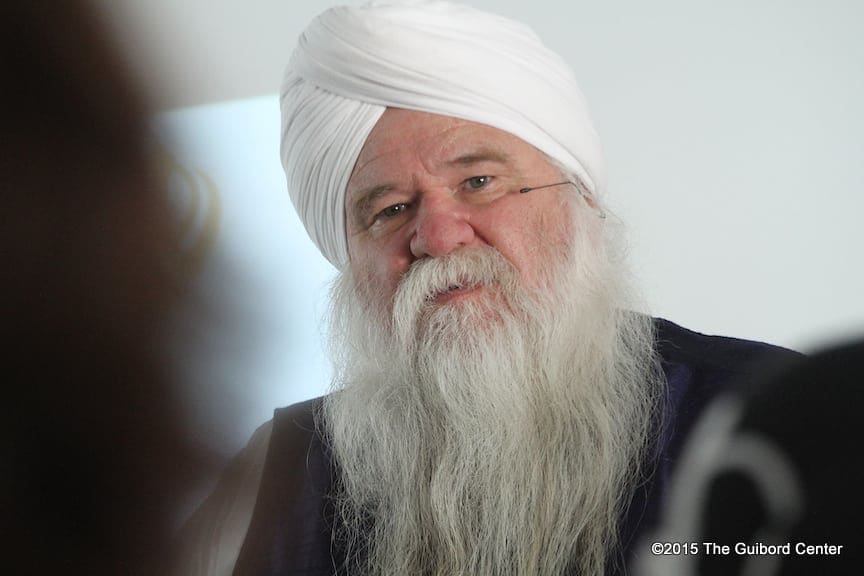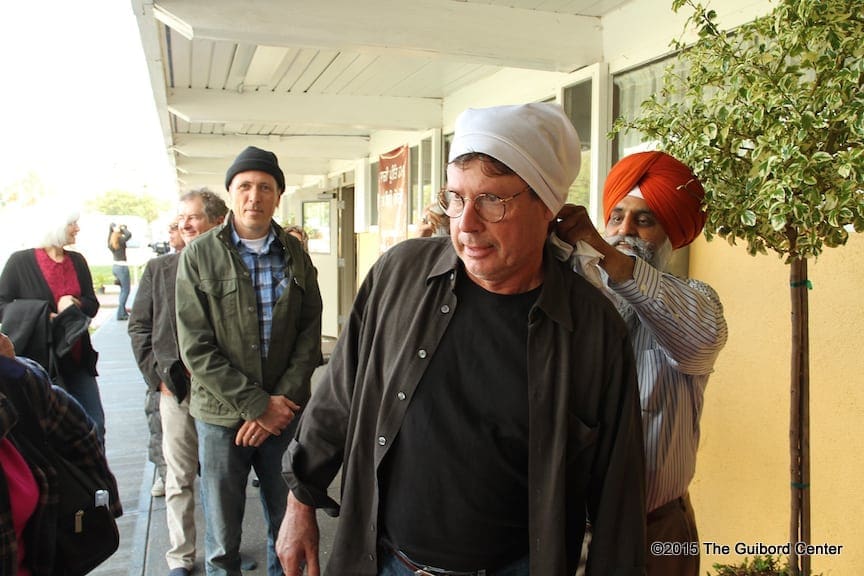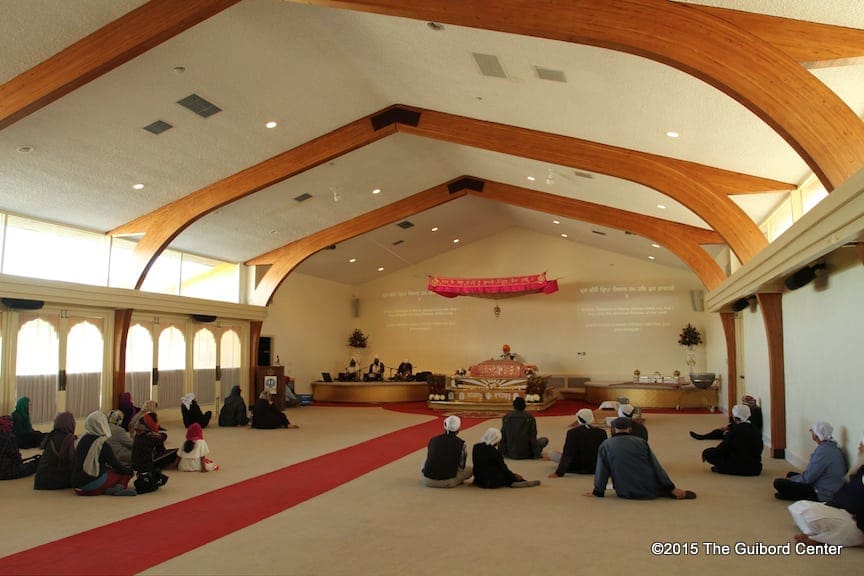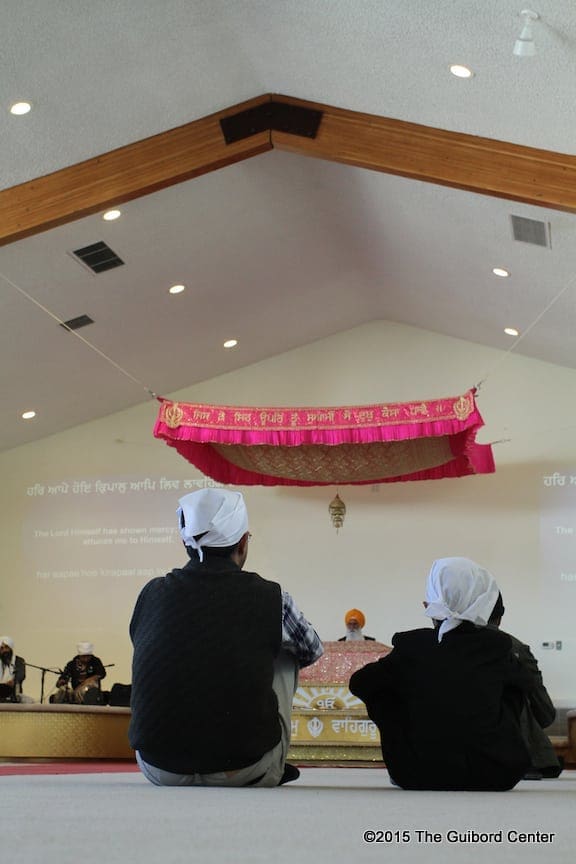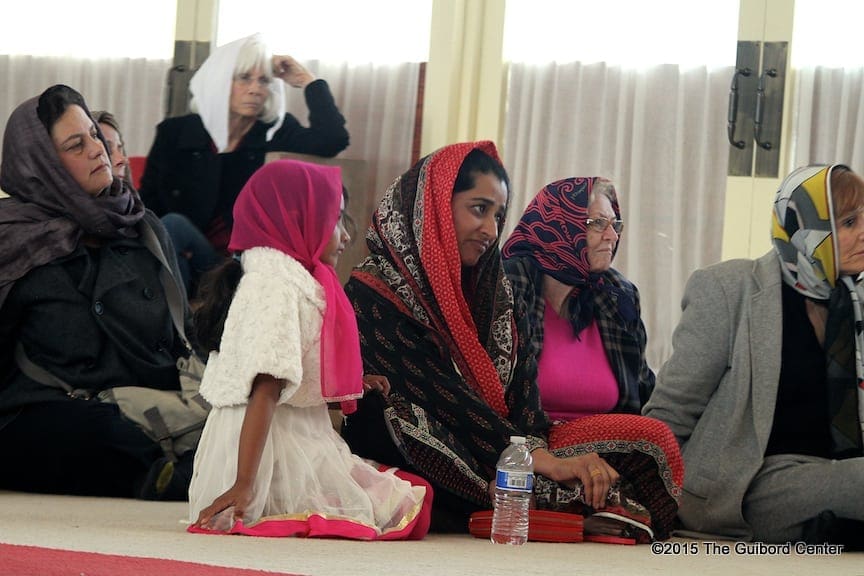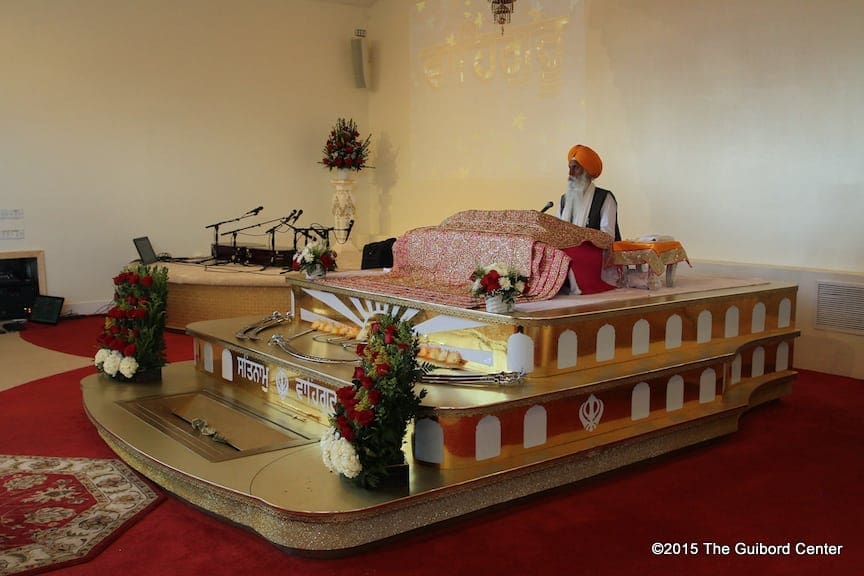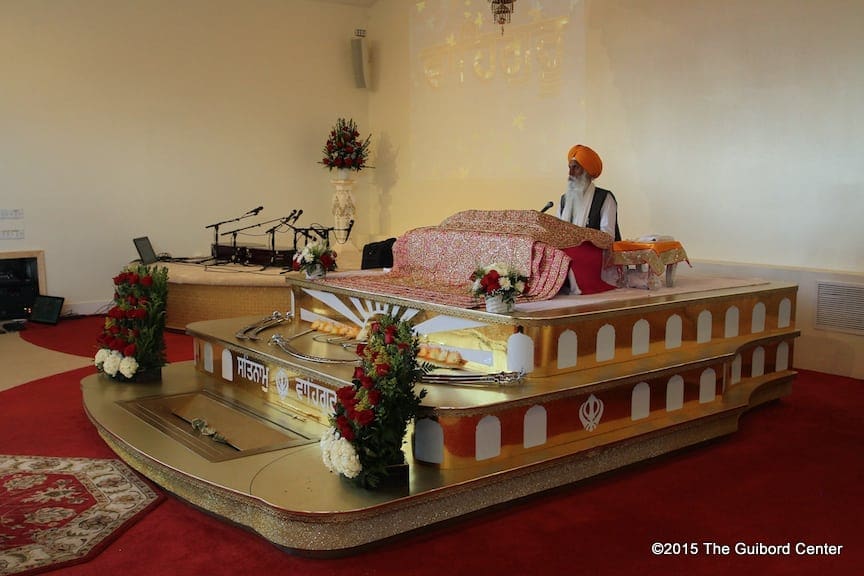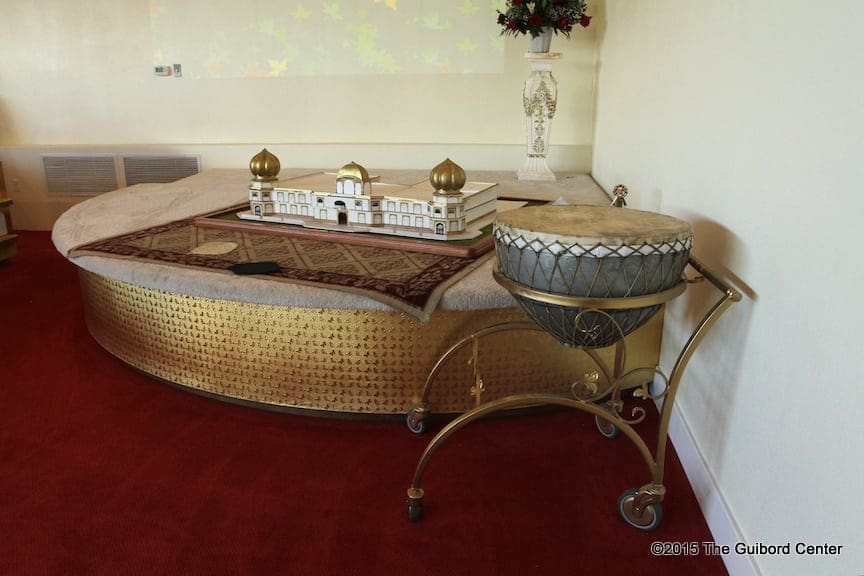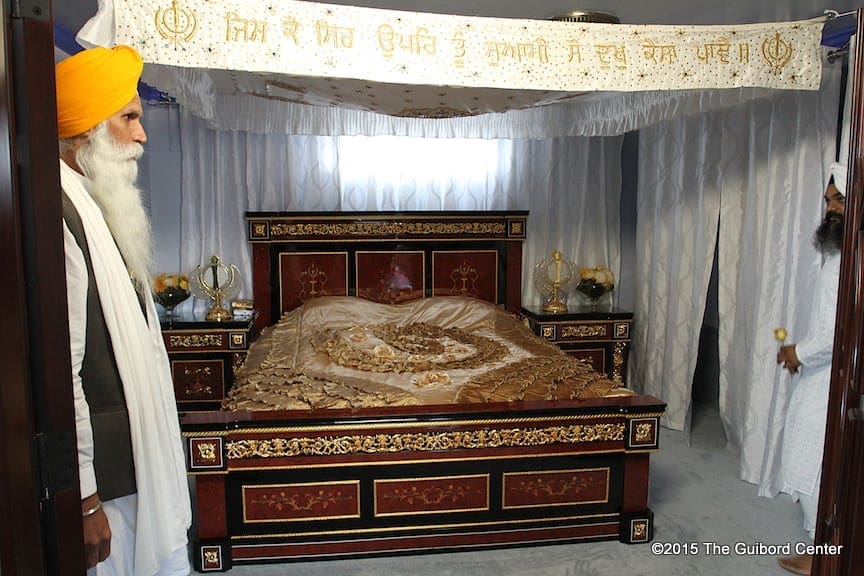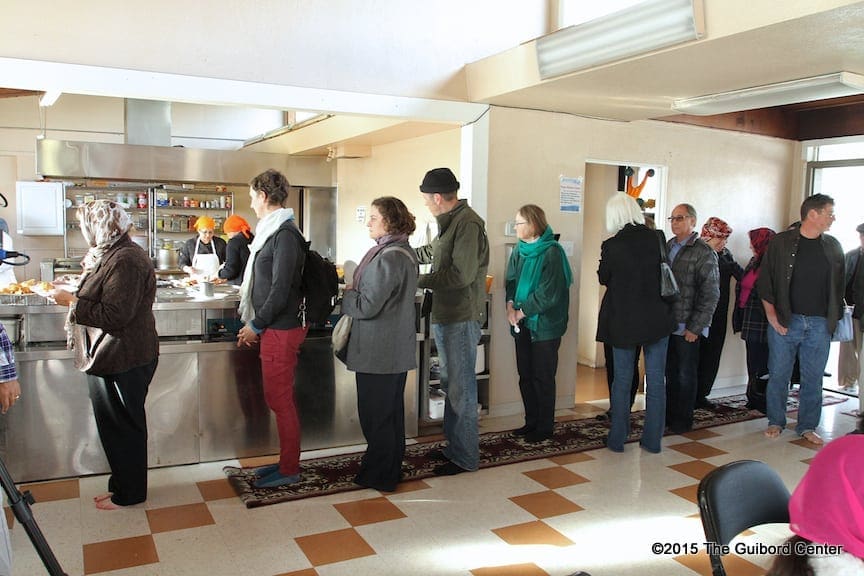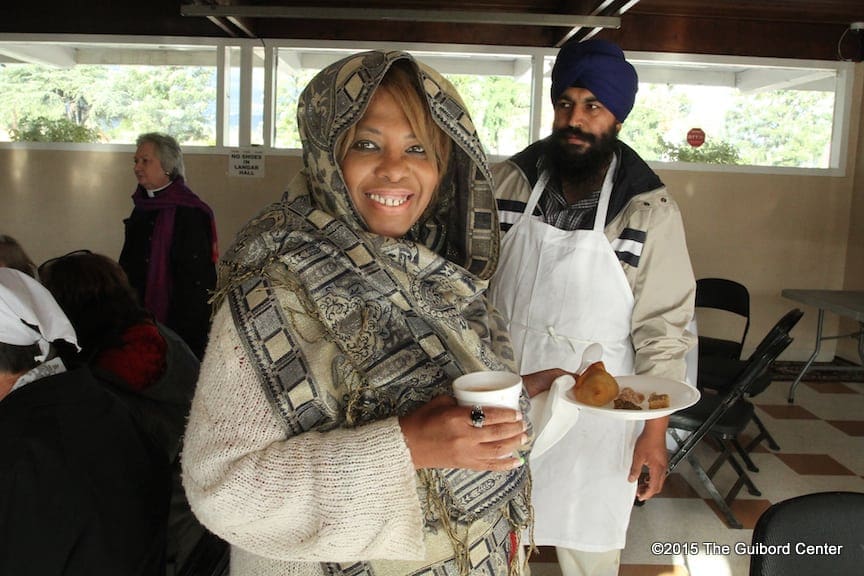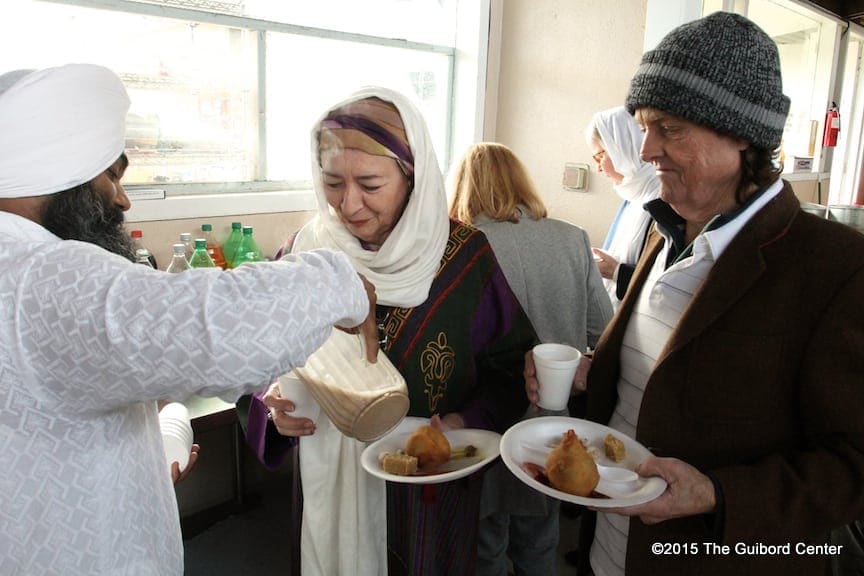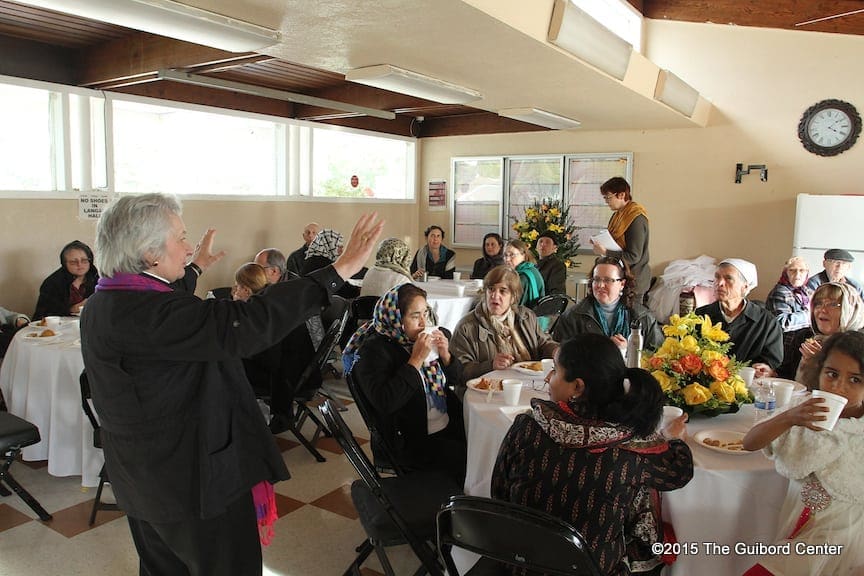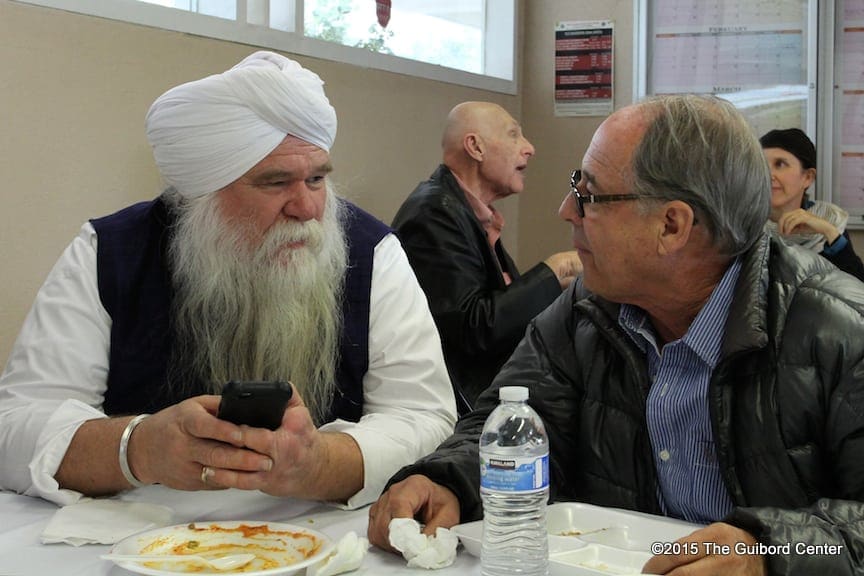


Decoding Rituals and Symbols of Sikhism
Nirinjan Singh Khalsa, an Amritdhari Sikh
The Khalsa Care Foundation opened its doors to our group of more than 40 people for a spiritual conversation and teaching about “Decoding Rituals and Symbols of Sikhism.” One of the unexpected gifts of the afternoon was the opportunity to witness the final stages of a Sikh wedding. The bridal party and groom were dazzling. As we waited to enter one of the large classrooms, we enjoyed the children who, like children at any wedding, were filled with inexhaustible energy and motion.
Symbols of Sikhism
Turban (and Beard) – represents honor, self-respect, courage, spirituality, and piety. Observant men must wear their turban in public at all times. Women can also choose to wear a turban. It indicates constant reverence for God.With the rise in anti-Sikh hatred and violence, many Sikh men have been forced to choose between wearing this important symbol of their faith or being able to stay safe or get a job that feeds their families.
(The turban is considered a symbol of the Sikh faith, but not one of the five articles of the Sikh faith.)
Ik Onkar – “God is One” (worn like a Star of David or a Cross)
Sikhs are monotheistic and believe that one God created this creation, all its religions, all its people, all its beings and its environment. And that that one God is who we should love and relate to directly and that by this creation of the one God, we’re all created equal.
The Khanda – the symbol seen on the Sikh flag – “charity, sword, and victory.”
It means that charity, the brotherhood of man, and the sword of righteousness should always prevail. “The sword of righteousness” is important in Sikhism because it means that we stand up against oppression, we stand up against religious discrimination, we stand up against all these different issues that prevent complete equality and freedom in social structure.
The Five Articles of Sikh Faith – The Five K’s
Kesh, uncut hair
We don’t cut our hair because we believe that this is the way God made us to be. We also believe that there’s a certain inherent strength in having long hair and full beards. It’s supposed to give you emotional neutrality to a certain point and the hair gives you strength. We respect the way God made us and we’re not altering it for the sake of vanity or utilitarian reasons.
Note: For reasons of safety or other urgent concerns, many Sikhs in this dangerous anti-Sikh environment have decided not to maintain their Kesh, or to practice it on different levels.
Kachera, a special undergarment
It reminds us to be modest and to be faithful in our marital relationships. In other words, like a wedding ring, you have to think before you take them off.
Kangha, a wooden comb
It represents cleanliness and respect for the body-temple. In India there are many, many renunciates and they find their way to be closer to God by renouncing the world, by not grooming themselves every day, by denying their material goods. We don’t criticize this, but as Sikhs, we don’t practice this. The comb represents that we take care of this gift of this body that God gave us and that we participate in society.
Kara, a steel bracelet
It reminds us of our bond to God and to live in nobility and grace. Every time I look at this, it reminds me that I need to act righteously, at every moment of my life.
Kirpan, a small ceremonial sword
It symbolizes our obligation to protect others against violence and oppression, to fight for freedom, liberty, and justice. As Sikhs, we love peace, we believe in peace, but if all other means fail, we will take up the sword and fight.
For Sikhs, wearing the metal bracelet called a khara symbolizes one’s connection to God, he explained. “It’s like being handcuffed to God, evoking a feeling of remembrance and devotion.”
The questions covered turbans, customs, dietary restrictions, Sikhs in the local community, and much, much more.
After the main discussion, Nirinjan delighted everyone by also guiding us into the gurdwara sanctuary to experience the worship space and listen to the chanted recitation of the Guru Granth Sahib accompanied by the harmonium and the tabla drum played by devoted community members. It was a moment filled with awe.
Finally, everyone was invited to stay for a small reception of what started as tea and cookies and ended up being a full scrumptious langar (community meal).
